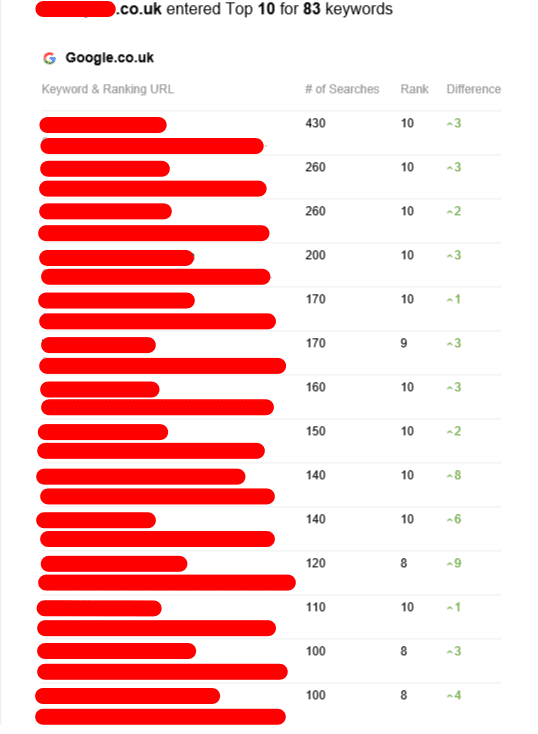Tiered Link Building - How to Avoid a Google Penalty
Tiered link building is a powerful tool to assist websites to improve their search engine rankings. However it should be used properly. It could lead to an Google penalty if it is not used correctly.
Tiered link building consists of using multiple levels of backlinks in order to improve the ranking of a website. Many SEO experts and link-building agencies employ this strategy.
First-tier links
Tiered link building is an effective SEO technique that can increase your search engine rank. However, it's important that you know how to use tiered links effectively to avoid penalties from Google. Utilizing tiers in your backlink pyramid is one method of doing this. You can also apply other SEO techniques, like niche editing and broken link building.
The first layer of links in a tiered strategy for building links should come from high-quality sites that have a domain authority and PageRank that's higher than your own. This will give you a higher chance of ranking over the long term. Links from low-quality websites could hurt your rankings and raise red warnings. Avoid linking to sites that are unrelated or that only have hyperlinks.
Another way to build your first tier is using forum comments and wikis with a lot of user-generated content. This is a great way to get high-quality, relevant and relevant links. However, you should remember that these links may not pass on the same amount of link juice the ones from a high-quality site.
You can also utilize an online resource such as HARO to find an overview of the topics reporters are seeking information on. This is a great method to establish your first-tier links organically without breaking any laws. Make sure to only link to authoritative sites that are related to your industry.
Second-tier links

SEO agencies and owners of websites employ tier link building to boost their rankings on search engines. It's a risky strategy that can result in Google penalties. Tiered links are backlinks that link to third-party sites that give your website authority. These backlinks are used to transfer link equity to your primary website pages, which then rank higher in SERPs. This method is time-consuming and costly. Additionally, it could be difficult to reach a point of no return in the search engine rankings.
Tier two links tend to be less effective than the first tier but can still help boost organic rankings and increase domain authority. They also make Tier 1 links more effective by enhancing their value. Tier 2 backlinks can be dofollow or notfollow, but dofollow is the most important.
There are several ways to create Tier 2 links, such as guest posting and citations within niche-specific articles. You can also create these links through link roundups or directories of articles. It is crucial to make use of URLs that are relevant to the context. Also, avoid using low-quality links, that could be considered spam by Google. These strategies can quickly turn into a black-hat method that could result in penalties.
Third-tier links
Tiered link building is an effective tool that assists SEOs in ranking their websites in the results pages of search engines (SERPs). However, tier 2 seo company could also be risky if it is done incorrectly. If Google finds out that your site is using tiered links, it could be penalizing your website or even remove it completely from search results. Fortunately, there are ways to avoid this fate.
In the third tier, things get messy. Here, marketers use third-party tools to build backlinks on a large scale. This can include blog comments, poor quality directories and bookmark websites, wikis and other content created by users. These backlinks are meant to boost the PageRank and authority of your first-tier link.
These links can be traced to their origins which makes them more risky than organic counterparts. Furthermore, they're not as effective in boosting PageRank. Google's algorithm has evolved and low-quality (even nofollow) hyperlinks are losing value.
Marketers should be careful when creating third-tier links to avoid these issues. They should only use third-party services with a track record of success. They should also avoid any automated tools, since they could cause problems. If Google notices automation the company could issue a manual penalty, which can drastically decrease your rank. This is why it's best to partner with an SEO agency that has expertise in tiered link development.
Fourth-tier links
Tiered link building involves creating a pyramid. This technique permits websites with higher authority that are more reputable to transfer link juice to lesser-authority websites which can then rank for certain keywords. This technique can be successful in boosting website traffic and rankings over time. It is vital to keep in mind that using tiered links across your entire website or a single page could be risky.
To avoid this, ensure that your tier-2 links originate from a variety of sources. If your tier-2 backlinks are all from one source, Google may detect it and penalize your website. Beware of linking to sites that are spammy, as they will damage the reputation of your site.
Tier 2 links can also be obtained through paid advertisements and by submitting high-quality content credible websites. You can also submit an article to HARO. This service will send emails on a variety of subjects to journalists. You can provide them with the information they need to write their articles.
However this method of building links is not a long-term plan. Google's algorithms are constantly changed, and it is becoming increasingly difficult to create links from poor quality sources. Search engines are also better at detecting automated links. Therefore, it is possible that tiered link building will eventually disappear.
